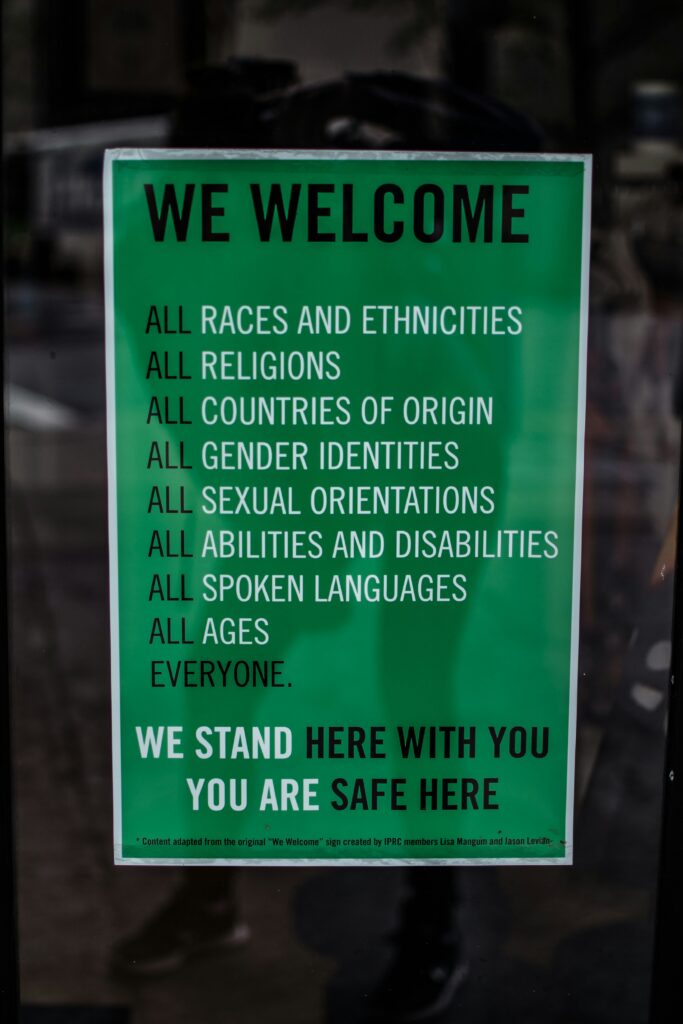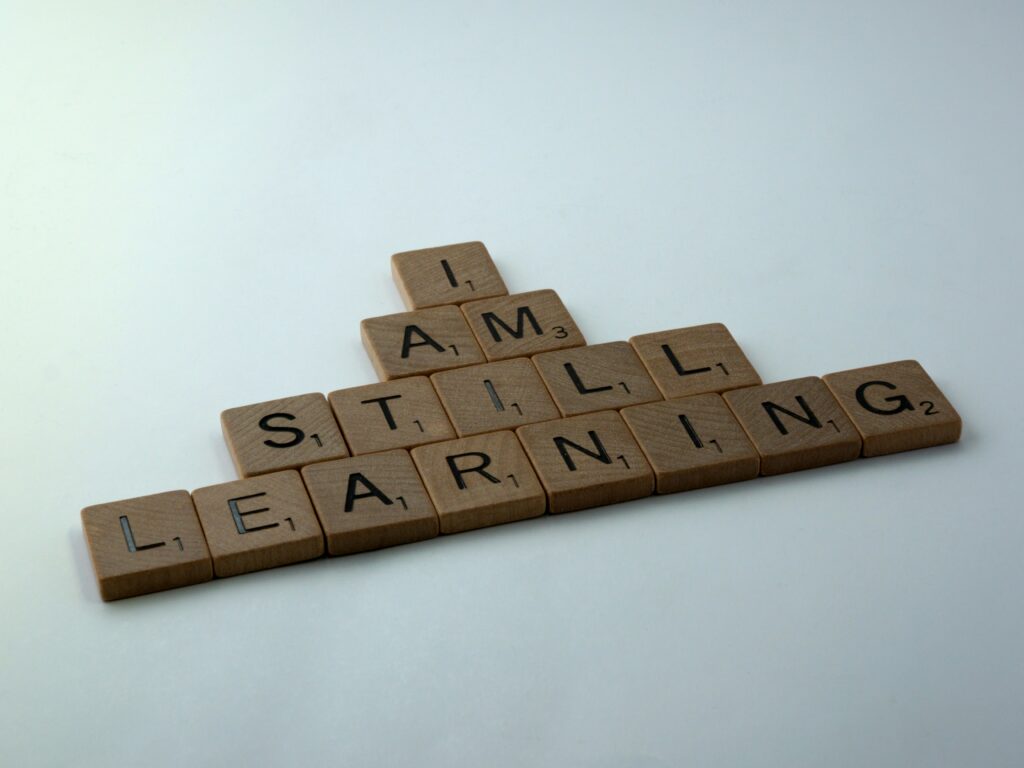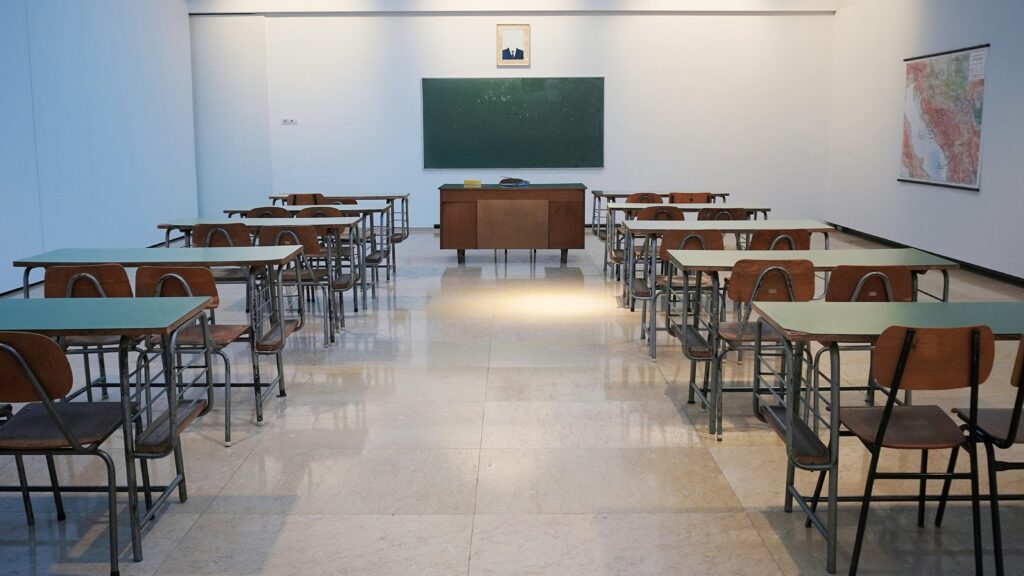
I wanted take a moment for this post to reflect on the why of my practices for inclusive measures and the areas in which I could improve. I have some experience and am learning all the time. I am grateful for what I know and for what I have yet to learn. There will always be more to master and that makes me the most excited for my lifelong learning journey.
Who is Included?
From my experience of working with people with disabilities, I have some knowledge on several aspects that can make educational and technological pedagogy more equitable and inclusive. My connections to the D/deaf and hard of hearing communities have allowed me to learn about how my practices can be more inclusive for people with varied hearing abilities like embedding closed captioning in all videos I use or create, using sign language alongside spoken English, using a microphone for better amplification, and having an interpreter available for speeches and presentations. Additionally, encouraging sign language to be used for all students will allow the environment to be more inclusive.
With my experience in several Indigenous Education courses, and my family’s Indigenous identity, I have some experience with Indigenous values and cultural practices. However, this is another area that I will learn more about. I am looking forward to my Indigenous courses in third and fourth year of my teaching program.

Who is Still Left Out?
With the tools and techniques I do have, there are always going to be areas I have not discovered yet. For example, I have only a little bit of experience working with and learning from people with blindness or visual impairments. This means that it won’t be at the forefront, typically, of when I am designing lessons and materials.
There are more people with various abilities, disabilities, and diversities that I have yet to consider and will want to know how to improve my practice to be more inclusive and address the Universal Design for Learning principles better. I expect this will continue all the way throughout my academic and teaching journey.
What Do I Do Now?

Now is the time for me to continue reflecting, receiving feedback, and incorporating new knowledge into my practice. From my experience in this course, and several other before this semester, I am prepared to design lessons and materials with all learners in mind, not only to adapt the lessons, but to design with and for them. While continuing through school, I am building an informal Personal Learning Plan with the various mentors and resources I find along the way. This will help me evolve my pedagogy.

